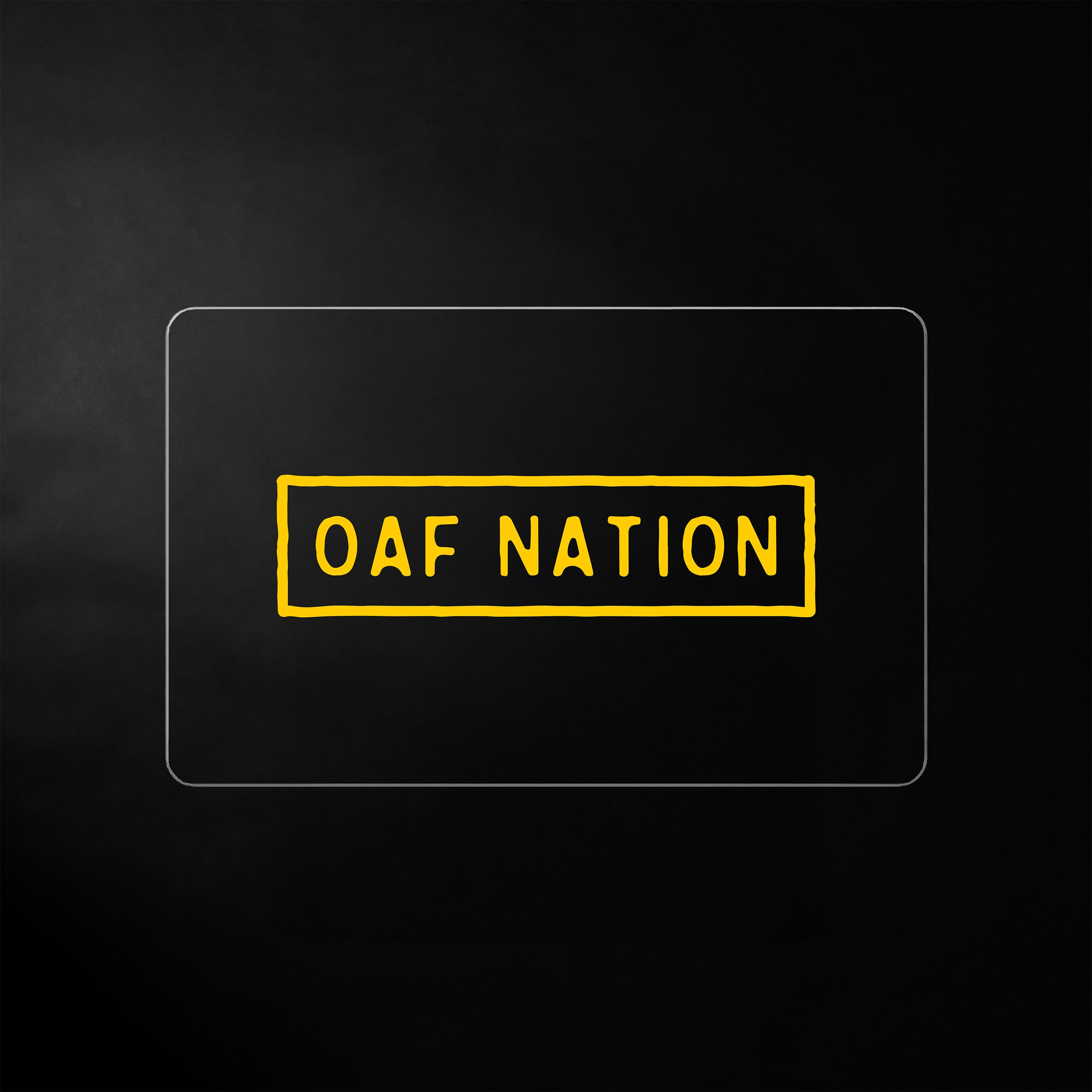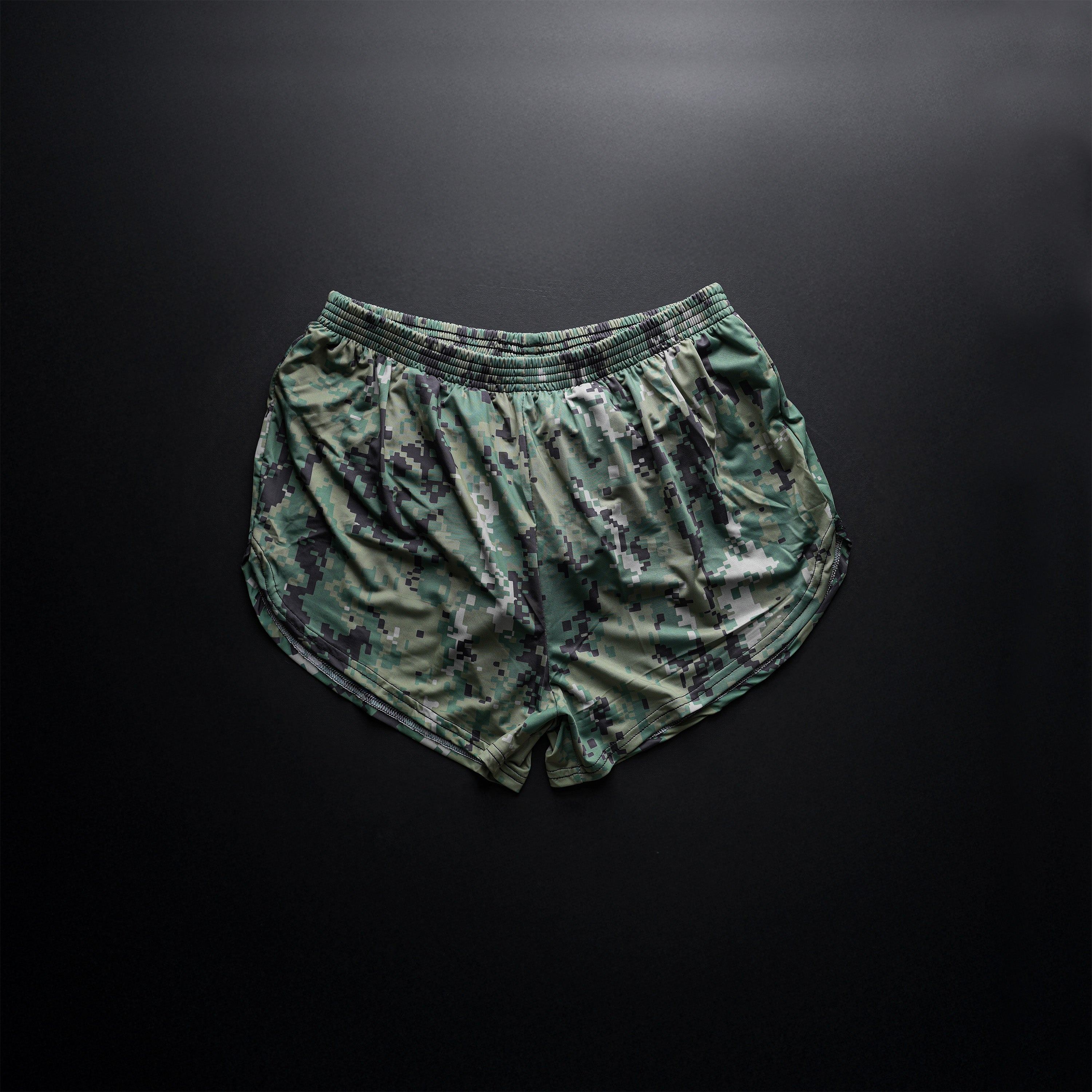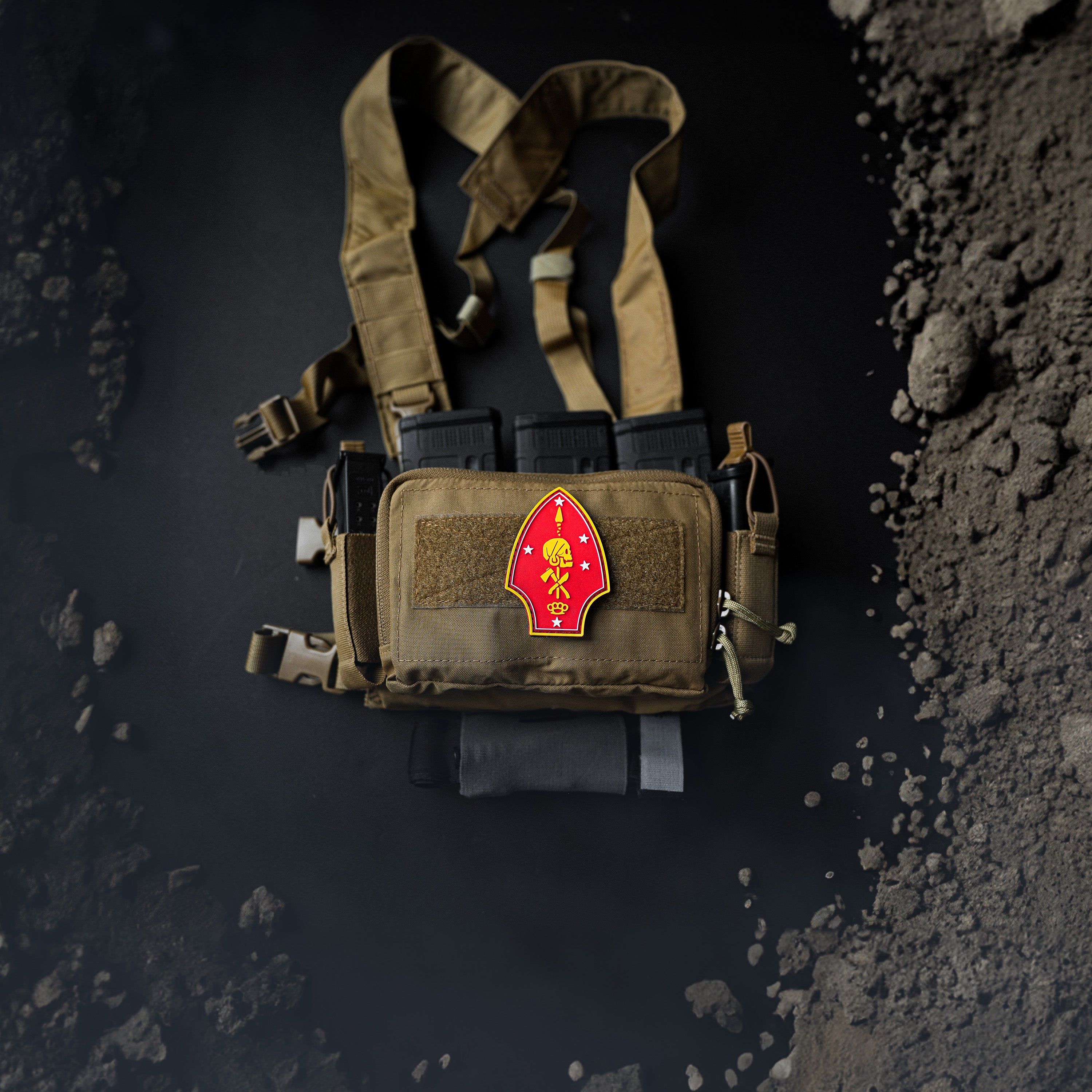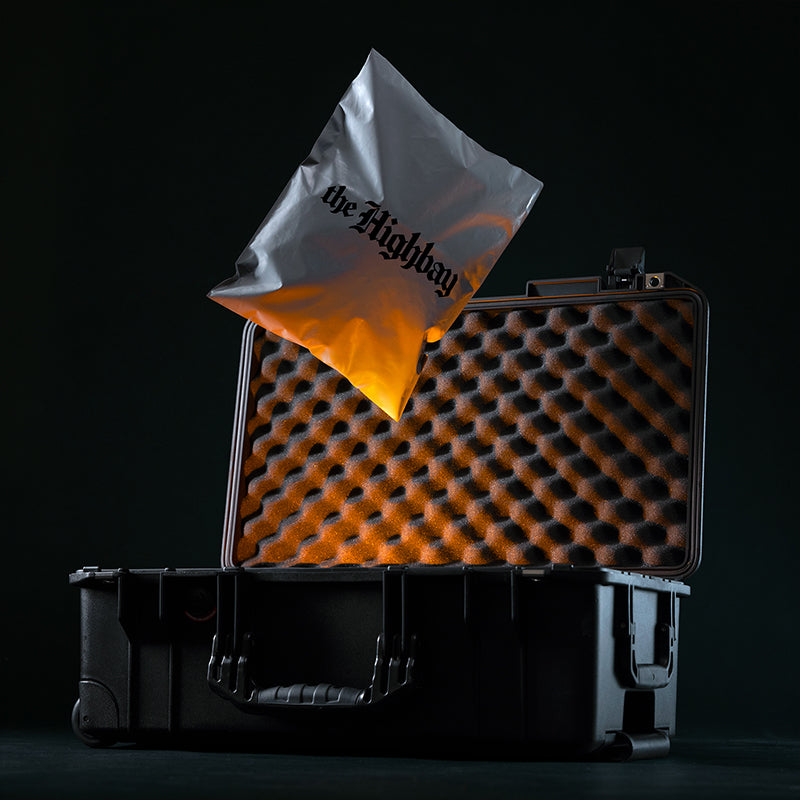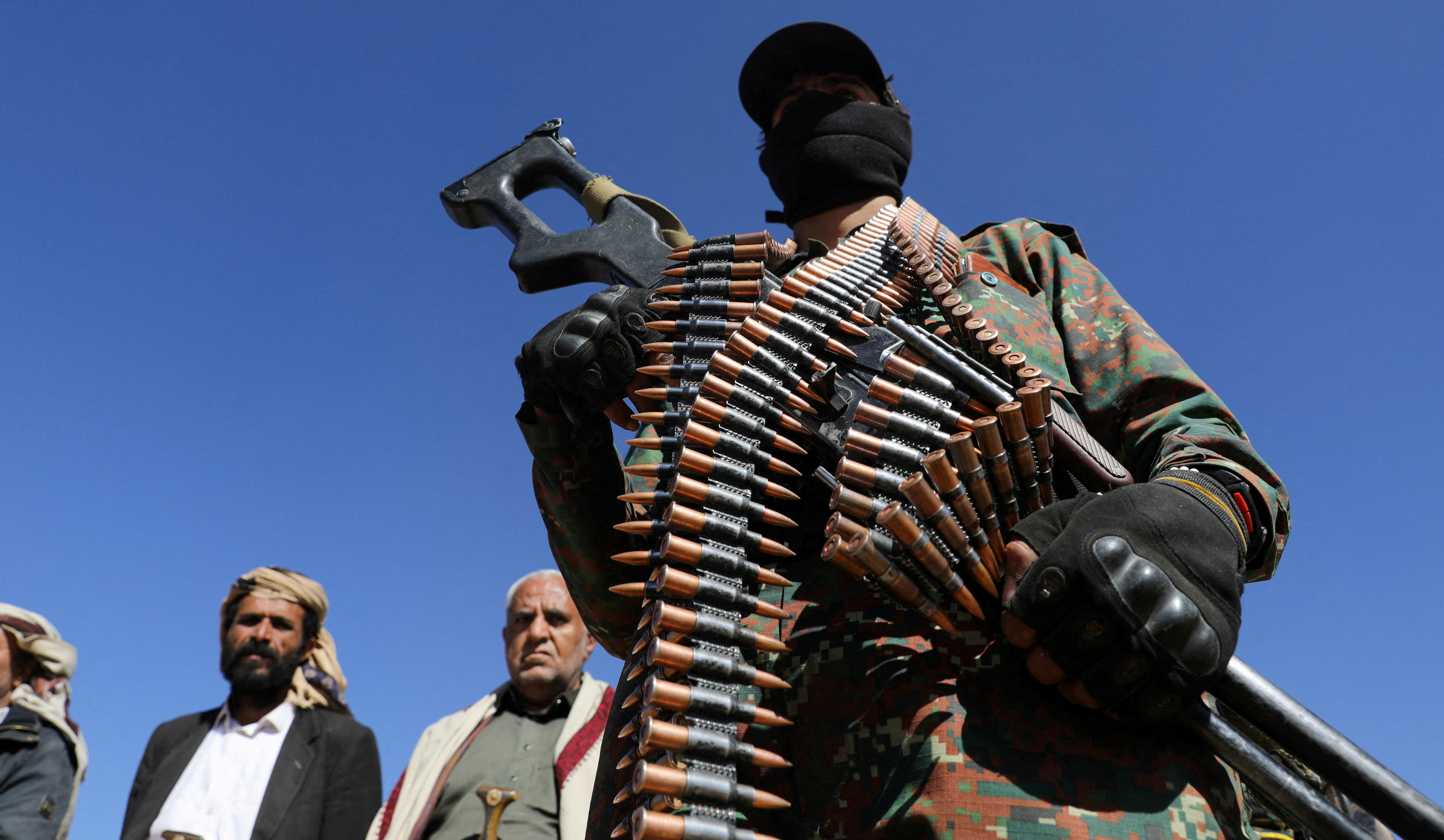
Analysis: Iran, proxies widening regional violence to Iraq, Syria, Pakistan
PHOTO CAPTION: A Houthi policeman takes part in a protest against recent U.S.-led strikes on Houthi targets, near Sanaa, Yemen January 14, 2024. REUTERS/Khaled Abdullah
(Reuters) - Iran launched missile strikes on three different countries this week - Iraq, Syria and Pakistan - while proxy militant groups it backs continue to target U.S. and Western interests and fight Israel, stoking fears of conflict that could engulf the Middle East and spread to other regions.
WHY DID IRAN CONDUCT STRIKES ON PAKISTAN, IRAQ AND SYRIA?
Iran's strikes on Iraq, Syria and Pakistan were all in response to attacks carried out on its soil or against Iranian targets.
Tehran said on Tuesday it fired missiles at Islamic State militants in Syria, in response to a bombing that killed scores of people at a commemoration for the famed commander Qassem Soleimani in central Iran on Jan. 3. Soleimani was the principal architect of Iran's network of proxy paramilitaries in the Arab world. A U.S. drone strike killed him in 2020.
Iranian strikes on Iraq the same day hit what Iran said were Israeli spy sites - a charge Iraq denies. Israel has killed important members of Iran's Lebanese ally Hezbollah and of Tehran's own elite force, the Revolutionary Guards, in Lebanon and Syria.
In Pakistan, Iranian state media said Iran destroyed two bases of Baluchi militant Jaish al Adl, a Pakistan-based group that claimed a December attack which killed Iranian security forces. Pakistan launched strikes on separatist militants inside Iran on Thursday in response.
WHERE ARE IRAN AND ITS PROXIES INVOLVED?
Under Soleimani’s direction, Iran incubated a network of proxy forces in several Arab countries which grew in the years after the U.S. invasion of Iraq in 2003 and has mushroomed since.
Iran denies that it closely directs its proxies in their attacks, saying that they act on their own initiative. It says it broadly supports their anti Israel and anti U.S. actions.
Iran arms and trains groups which are active in the following areas.
GAZA STRIP: Iran backs Palestinian Islamist groups Hamas and Islamic Jihad. Hamas, the rulers of the Gaza Strip, carried out the deadly Oct. 7 attack against Israel that sparked the current Middle East war. Iran positions itself as a champion of Palestinian resistance against the Israeli occupation. Hamas is fighting Israeli troops in Israel’s invasion of Gaza.
IRAQ: Tehran backed Shi’ite militants in Iraq during the U.S. occupation and has maintained those links. The 150,000-strong Popular Mobilisation Forces (PMF), a state-sanctioned grouping of Iraqi paramilitaries, is dominated by heavily armed and battle-hardened groups loyal to Iran and with close ties to its Revolutionary Guards.
PMF groups have rocketed U.S. bases in dozens of attacks in Iraq and Syria. Washington has responded with air strikes, including a strike killing a commander in Baghdad.
SYRIA: Syria is a key transit route for Iranian proxies between Iraq and Lebanon. After the Syrian civil war began in 2011, Iran intervened to prop up President Bashar al-Assad, deploying Guards advisers and fighters from Iraq, Pakistan and Afghanistan. Lebanese Hezbollah fought alongside these groups to preserve Assad. They remain deployed across Syria.
LEBANON: Hezbollah is Tehran’s most loyal militant ally. Formed in the 1980s to fight Israeli troops in Lebanon, it has an arsenal of tens of thousands of rockets and highly trained fighters who have battled Sunni Islamists for years in Syria. Hezbollah carries out daily attacks against Israeli troops along the Lebanon-Israel border.
YEMEN: Yemen’s Houthi group seized much of Yemen in 2014 and has fought against Saudi-backed for dominance of the war-battered Gulf country. Tehran first backed the Houthis in their fight against its Gulf rival Riyadh. The Houthis - or Ansar Allah, the group’s official name - now fire missiles at Israel and at merchant vessels and oil tankers in the Red Sea. The United States has struck Houthi targets in Yemen.
ARE STRIKES LINKED TO THE ISRAEL-GAZA WAR?
The Iran-backed “axis of resistance” - a name Tehran and its proxies use for their concerted action against their enemies - all say their actions since Oct. 7 are in response to Israel’s bombardment and invasion of Gaza.
The Houthis, Hezbollah, and other groups have indicated they will halt their attacks only when Israel stops its assault against Palestinians.
ARE THEIR GOALS ALL THE SAME?
Iran and its proxies share the goal of halting Israel’s bombardment of Gaza, and driving U.S. troops out of the region once and for all.
Beyond that, they have their own local interests.
Hezbollah is the most powerful group in Lebanon and presides over an economy that has been in freefall. It seeks to avoid further escalation of the conflict or intensive military action by Israel, which could challenge its position at home.
The Houthis seek to retain control in Yemen and have used the latest war as a means to assert their military prowess and regional importance, according to analysts. Iran’s exact degree of control over Houthi actions is debated.
The PMF have enriched themselves by dominating vast parts of the state and the economy in Iraq. Groups more loyal to Iran follow Tehran’s orders, but others seek money and power and believe a regional conflagration could upset their dominance in Iraq, according to some officials.
Hamas surprised Iran and other axis of resistance members with its Oct. 7 attack, according to reporting by Reuters. It seeks an end to Israeli occupation and wants to ensure that the Palestinian issue is not forgotten about while Israel develops closer ties with Gulf Arab states.
WHAT IS GOING ON AT HOME IN IRAN?
Nationwide protests convulsed Iran in 2022 and 2023 and shook the government into a brutal crackdown. The protests were the most serious challenge for years to the Shi’ite clerical rule that Iran’s 1979 revolution ushered in.
Iran continues to suppress dissent at home but was rocked this month by the attack at the commemoration of Soleimani, claimed by Islamic State.
Attacks by Jaish al Adl, another Sunni radical group, have prompted many Iranians to question whether Tehran's government can guarantee their domestic security.
COULD RUSSIA GET INVOLVED IN THE CONFLICT?
Russia and Iran have grown closer in recent years, united in their international isolation under U.S. sanctions and their opposition to America’s global dominance. Iran provides Moscow with drones for its assault on Ukrainian cities. Both countries intervened in Syria to save their mutual ally President Assad.
Russia has expressed alarm at the Iran-Pakistan flareup, however, calling on Tehran and Islamabad to solve their differences through diplomacy.
COULD THE SITUATION ESCALATE FURTHER?
Western and regional officials and analysts broadly assess that Iran wishes to avoid a direct military confrontation with the United States or Israel, but is willing to use its proxies to keep both those enemies’ militaries occupied in the region.
The greatest danger of escalation lies in a miscalculated attack carried out by Iran and its proxies on one side, or the U.S. and its allies on the other - for example, the killing of U.S. troops.
(Reporting by John Davison; Editing by Alison Williams)

